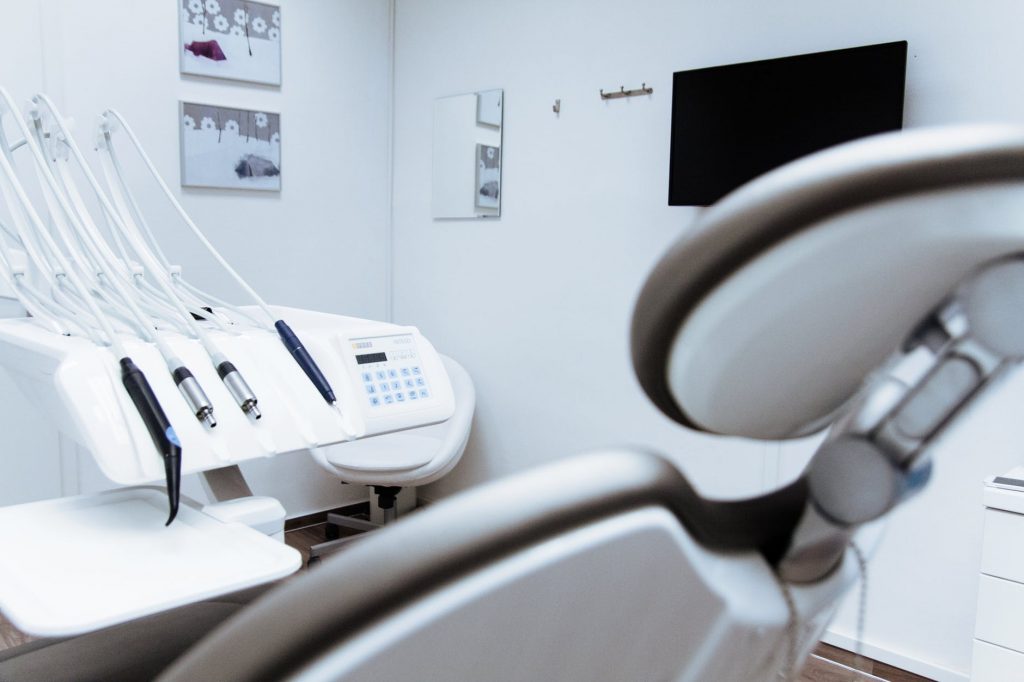When it comes to keeping your mouth healthy, how do you know who to go to for the right form of treatment? Although dentists and orthodontists offer similar treatments, there are also crucial differences in what each does.

Dentists
Anyone who wishes to be a dentist undergoes 5 years of study followed by one or two years working under supervision. Although a dentist can work in a hospital they often choose general practice on the high street or in community care. Dentists are able to practice privately or through the NHS but some combine both. If you want to know what dental treatments are on offer and whether they are right for you, start by speaking to a dentist in Dublin who can give you all the information you need.
What Does A Dentist Do?
Most dental treatment is about preventing problems from occurring or stopping them from worsening. Your dentist will work to protect your teeth from decay and disease using simple techniques such as fillings, tartar removal or cleaning. They can offer advice on how you can continue with a good oral health routine. Where there is already decay or oral disease, or if there has been a facial or dental injury, they can treat this.
Dentists also provide cosmetic dental treatments in the form of dentures, implants or bridges to bridge gaps in the teeth or replace lost teeth. Any dental irregularities can be treated and corrected by a dentist and many specialise in the care of children’s teeth. Other services provided by dentists include:
- Examination and diagnosis using x-rays
- Formulating a treatment plan including regular check-ups
- Treating teeth affected by gum disease
- Teeth whitening
A dentist is also quite often the first person to spot any signs of disease such as oral cancer.
For advice and treatment for regular dental issues such as toothache, bad breath, stained or decayed teeth and for fillings, you need to see a dentist.
When Would You See An Orthodontist?
An orthodontist can carry out similar work to dentists but in addition to the 5 years of study required to gain dental qualifications, they have to take on an extra 3 years of study to become a qualified orthodontist.
Orthodontics is designed for patients who have crooked or misaligned teeth or who have an improper bite as a result of a jaw anomaly or crowded teeth. A patient with problems of this type would generally be referred to an orthodontist by their dentist. In short, if you wish for a better, more even smile then you have to visit your orthodontist.
Crooked teeth can be corrected by a number of ways including braces and aligners; your orthodontist will advise which one is best for you but in general, aligners are the most effective and popular choice. Children are often referred for orthodontic treatment to correct misalignment of the teeth; the earlier this problem is treated the less chance there is of problems later on in life. Where the problem is caused by overcrowded teeth or jaw misalignment, jaw pain or gum disease, the orthodontist should be the first port of call.
The benefits of orthodontic treatment are:
- Using x-rays or moulds to assess the state of the teeth
- Correction and straightening of teeth with braces or aligners
- Improving the smile and the appearance of the teeth
- Correction of teeth and jaw to prevent future damage and pain
- In some cases, sleep apnoea can be treated with custom-made mouthguards
Summary
For general dental care and oral health advice, it is best to see a dentist. For more serious problems or to correct a crooked smile, you might want to make an appointment to see an orthodontist.
